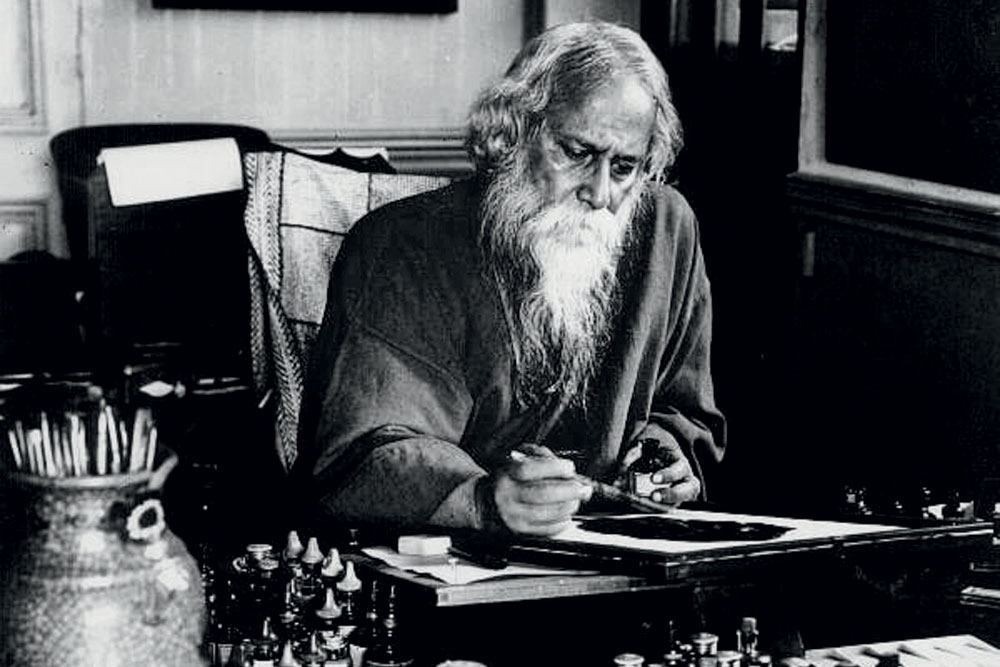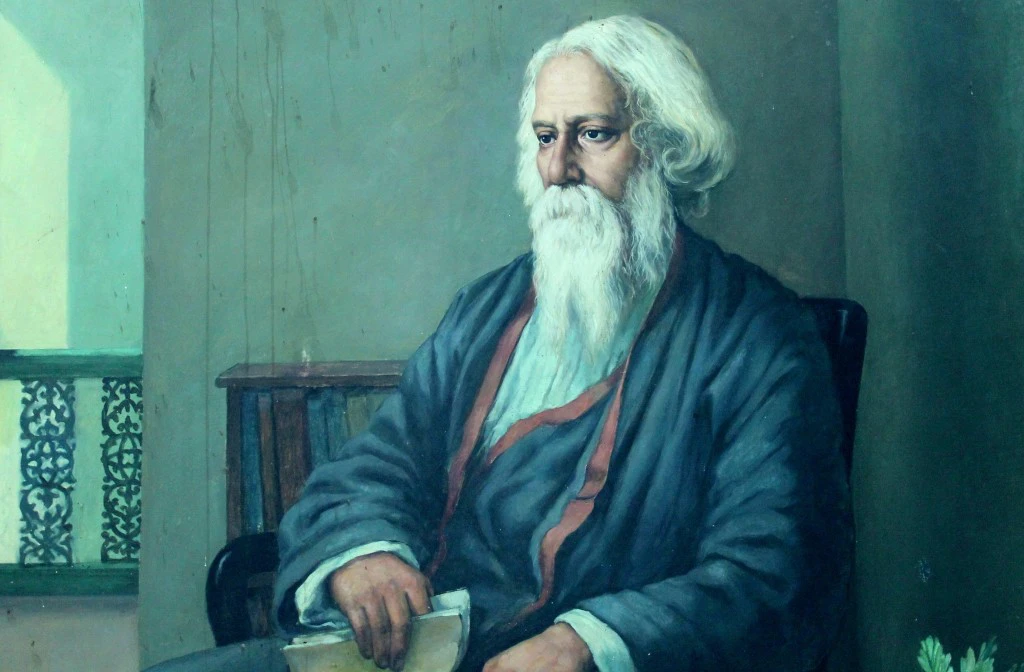August 7, On This Day
The name Rabindranath Tagore is etched deep in Indian history, not in small part because he is the man who wrote the National Anthem, Jana Gana Mana. But another memorable part of the Nobel Laureate’s contribution to literature and music is to Indian art, bringing in Contextual Modernism in the late 19th and early 20th centuries. The unshakeable ties of Tagore to Shantiniketan stand tall in testament — few Indian art stalwarts do not have some of the other connection to the location, whether directly or indirectly.
Gurudev, as was the moniker fondly given to him, was born on May 7, 1861, and died on August 7, making this day his 82nd death month anniversary.
As an exponent of the Bengal Renaissance, he advanced a vast canon that comprised paintings, sketches and doodles among hundreds of texts and some 2,000 songs.
It is said that Rabindranath modernised Bengali art by spurning rigid classical forms and resisting linguistic strictures.

Surrounded by several painters, Rabindranath had always wanted to paint. But according to various reports, he only took up drawing and painting at 60.
After making a debut appearance in Paris upon encouragement from artists he met in the south of France, successful exhibitions of his many works were held throughout Europe.
Interestingly, he was likely red-green colour blind, resulting in works that exhibited strange colour schemes and off-beat aesthetics.
Numerous styles, including scrimshaw by the Malanggan people of northern New Ireland, Papua New Guinea, Haida carvings from the Pacific Northwest region of North America, and woodcuts by the German Max Pechstein, influenced Rabindranath.
Wikipedia writes: “His artist’s eye for handwriting was revealed in the simple artistic and rhythmic leitmotifs embellishing the scribbles, cross-outs, and word layouts of his manuscripts.”
Fascinatingly, it is reported that some of Rabindranath’s lyrics corresponded in a synesthetic sense with particular paintings. (Synesthesia, simply explained, is when you experience one of your senses through another, like “hearing colours” or “tasting music”.)
Amusingly, in 1900, when he was nearing 40 and already a celebrated writer, he wrote to scientist Jagadishchandra Bose and said,
“You will be surprised to hear that I am sitting with a sketchbook drawing. The pictures are not intended for any salon in Paris; they cause me not the least suspicion that the national gallery of any country will suddenly decide to raise taxes to acquire them. But, just as a mother lavishes most affection on her ugliest son, I am secretly drawn to the skill that comes to me least easily.”
On the 162nd Birth Anniversary of Rabindranath Tagore: The Celebration of a Genius
11 Fascinating Facts About Rabindranath Tagore That Made Him Nonpareil





